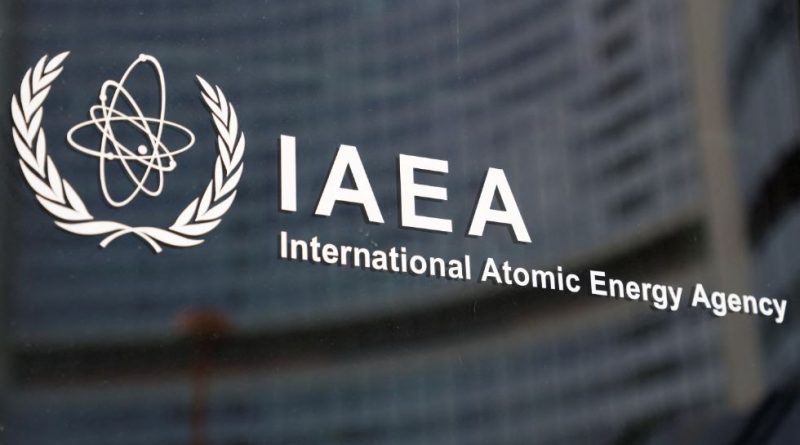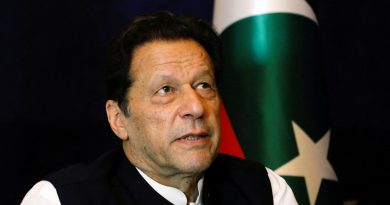Iran’s nuclear enrichment advances as it stonewalls UN, IAEA reports show
Vienna (Reuters) – Iran has enough uranium enriched to up to 60% purity, close to weapons-grade, for three atom bombs by the International Atomic Energy Agency’s definition and is still stonewalling the agency on key issues, confidential IAEA reports showed on Wednesday.
Iran’s steady progress in enriching to very high levels while failing to provide the International Atomic Energy Agency with the cooperation it demands on a growing list of issues presents a challenge to both the agency and Western powers that have repeatedly called on Iran to reverse course.
Iran’s stock of uranium enriched to up to 60% grew by 6.7 kg (14.8 pounds) to 128.3 kg (282.9 pounds) since the last report on Sept. 4, one of the two reports to member states seen by Reuters said. That is more than three times the roughly 42 kg (92.6 pounds) that by the IAEA’s definition is theoretically enough, if enriched further, for a nuclear bomb.
“That’s quite an amount, especially if you don’t use it for anything,” a senior diplomat said, referring to the fact Iran is the only country to enrich to such a high level without producing nuclear weapons. Weapons-grade is around 90%.
Iran has enough uranium enriched to lower levels for more bombs, but it denies seeking such weapons.
The rate at which Iran is enriching to 60%, however, has slowed to around 3 kg (6.6 pounds) a month from 9 kg (19.8 pounds) earlier this year, which diplomats said is the apparent result of indirect negotiations with the United States that led to a prisoner exchange between the two countries in September.
The number of cascades, or clusters, of uranium-enriching centrifuges in operation is also unchanged, the report said. Tensions between the agency and Iran, however, have only increased.
The U.N. nuclear watchdog’s 35-nation Board of Governors passed a resolution a year ago ordering Iran to comply with an IAEA investigation into uranium traces found at three undeclared sites. Since then the IAEA has narrowed the list of sites to two but little other progress has been made.
No Consequences
The IAEA’s list of pressing issues in Iran has also grown, with a deal in March to re-install monitoring equipment including surveillance cameras removed last year at Iran’s behest having only partially been honoured, and Tehran’s so-called “de-designation” in September of highly experienced IAEA inspectors.
The second report issued on Wednesday said there had been no progress on those issues. IAEA chief Rafael Grossi wrote to Iran asking it to reconsider the de-designation, and Iran replied on Wednesday to say merely that it was “exploring possibilities to address the request”, the report said.
“This measure, while formally permitted… was exercised by Iran in a manner that directly and seriously affects the Agency’s ability to conduct effectively its verification activities in Iran, in particular at the enrichment facilities,” the second report said.
“The (IAEA) Director General (Grossi) continues to strongly condemn Iran’s sudden withdrawal of the designations of several experienced Agency inspectors,” it added.
Despite the standoffs over the inspectors, particles and monitoring equipment, Iran is unlikely to face serious consequences when the IAEA board meets next week.
While the United States and its European allies have previously threatened to pass another binding resolution against Iran, diplomats say that will not happen this time for reasons including avoiding a diplomatic escalation with Iran while attention is focused on Israel’s conflict with Hamas in Gaza.



